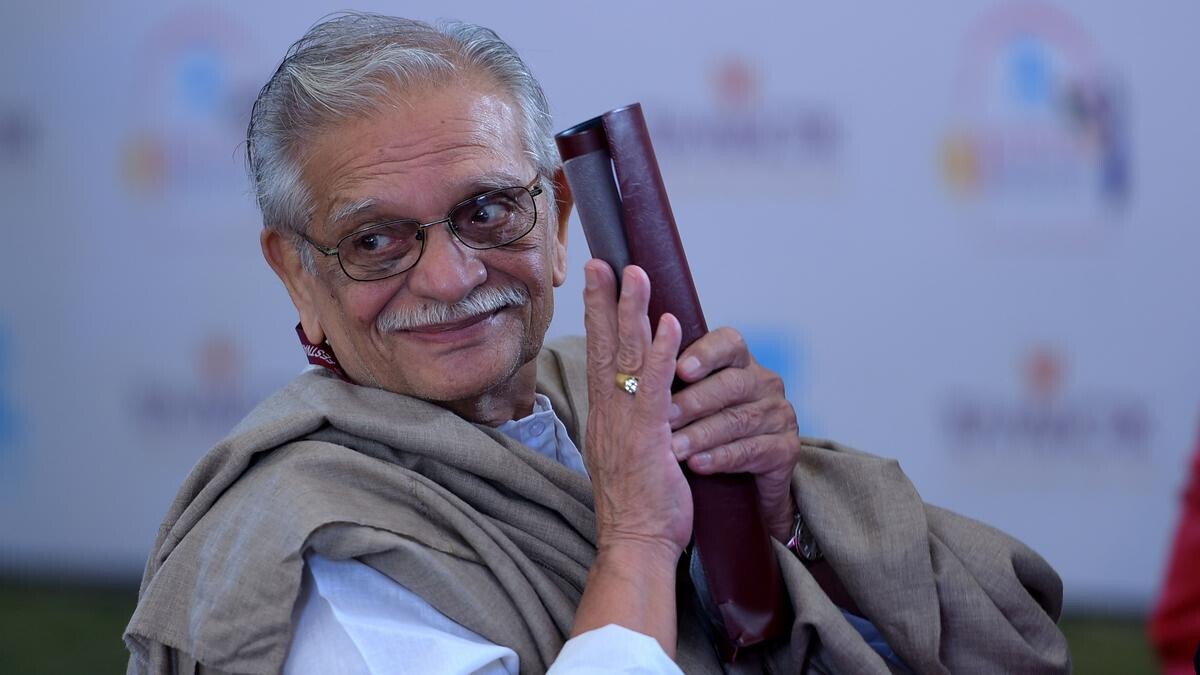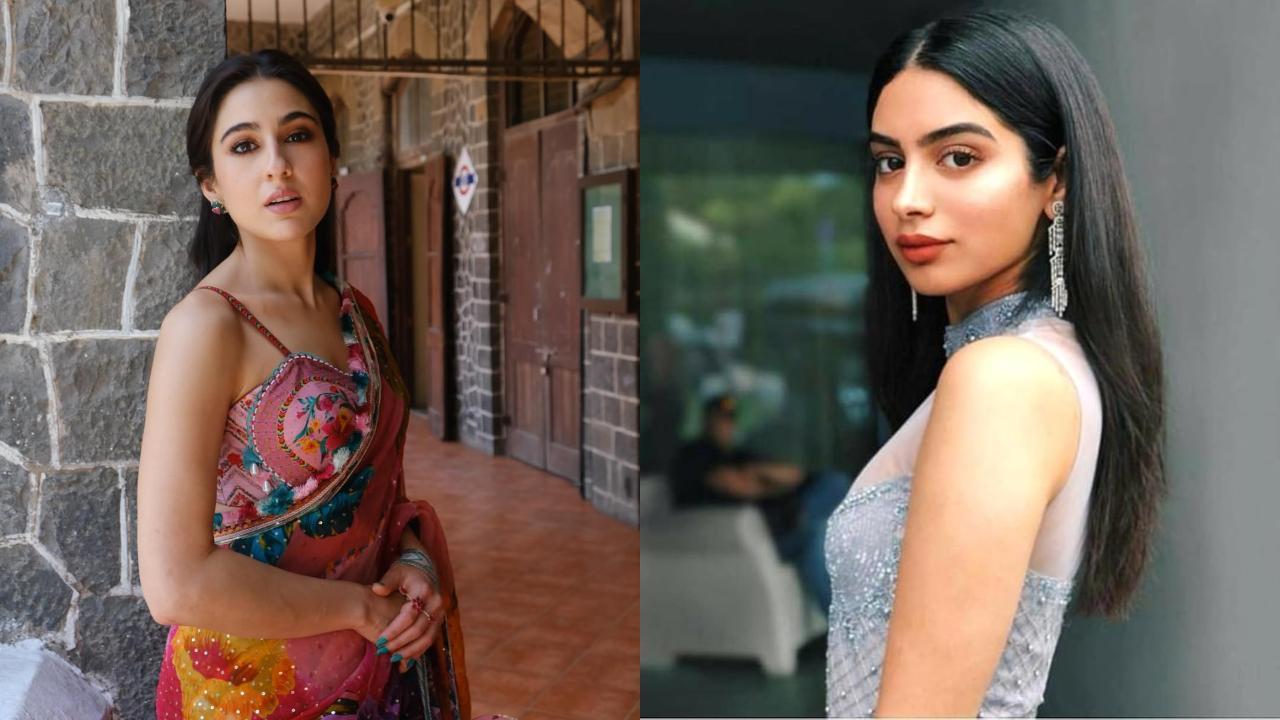
In the tranquil confines of his Pali Hill abode in Mumbai, the room belonging to the stalwart writer, Gulzar, is a sanctuary of silence, broken only by the rustle of pages as one peruses through his vast collection of books. Clad in his trademark white attire, Gulzar exudes elegance and poise as he opens up about his forthcoming endeavor.
January 7th marks a significant date as Gulzar, accompanied by composer Shantanu Moitra, will grace the stage of the Jamshed Bhabha Theatre in Mumbai to unveil ‘Tapur Tupur: Bachche, Bachpan Aur Bachpana.’ This showcase will feature an enchanting array of children’s poetry penned by the revered Rabindranath Tagore, intricately translated into Hindi by Gulzar himself. Some of these vibrant verses have graced the pages of the book ‘Nindiya Chor’ (The Crescent Moon), and have also been tenderly recited by Gulzar in the 2016 album ‘Tapur Tupur: Tagore Poems For Children By Gulzar.’
This presentation is a segment of the Citi NCPA Aadi Anant series, and promises to be a colorful interplay of music and poetry, further embellished by the vocal prowess of Shaan, Mahalakshmi Iyer, and Rekha Bhardwaj, accompanied by a chorus of children’s voices. The show stands out as a result of Shantanu Moitra’s compositions, which he admits presented a unique set of challenges. Hours spent in diligent collaboration between words and melodies have given birth to a selection that traverses beyond mere translation, embedding itself into the soul of the music.
Gulzar’s intrigue with Tagore’s verse dates back to his youth, a fascination that sprouted roots when, after his family had relocated to Delhi post-Partition, he borrowed a book of Urdu translations from a local library. Immersing himself in Bengali culture through friendships, Gulzar embarked on a journey of language acquisition, driven by a keen desire to fully apprehend and transmit the essence of Tagore’s poetry.
A labor of love morphed into an in-depth exploration; Gulzar became enamored with Tagore’s versatility, ranging from romantic lyricism to poignant social commentary. Gulzar’s quest was not just for translation, but for a synthesis of cultures, endeavoring to present Tagore’s poetry with the nuanced flair of Hindustani that the work deserved.
Setting the lexicon aside, Gulzar and Moitra resolved to spread this cultural richness through the universal language of music. They focused on selecting Tagore’s poems that were yet to be set to music, keen on composing original scores that would harmonize with Gulzar’s translations. Thus, the music was not merely an accompaniment but an integral component of the translation process itself.
The approaching 90-minute event is not solely a musical showcase but a narrative journey through Tagore’s life and work, interspersed with Gulzar’s tender recitations and captivating anecdotes. The selection of vocalists, each remarkable in their respective genres, have been handpicked not just for their talent but their personal rapport with Tagore’s music. Shaan, with his background in Rabindra Sangeet, was an apparent choice, Rekha Bhardwaj for her earthy tonalities, and Mahalakshmi Iyer, who shares a prior working history with Shantanu.
Shantanu Moitra regards his collaborations with Gulzar as particularly enriching, highlighting that their exchanges often transcend the bounds of music, delving into the vast terrains of astronomy and literature, a testament to the boundless nature of their creative rapport.
The translations echo the rhythms of the original Bengali verses, as evident from an excerpt presented by Gulzar: ‘Bhrishti pode tapur tupur, barish barse tapur tupur, bhrishti pode tapur tupur, barish barse tapur tupur, din ki roshni bujhne lagi hai, sooraj doob chala hai, baadal phail gaya aakash mein, chaand ko dhoondh raha hai’ – a melody that not only narrates the splendor of nature’s elements but also an invitation to seek and delight in the simplicity and profundity of Tagore’s vision for the world.










